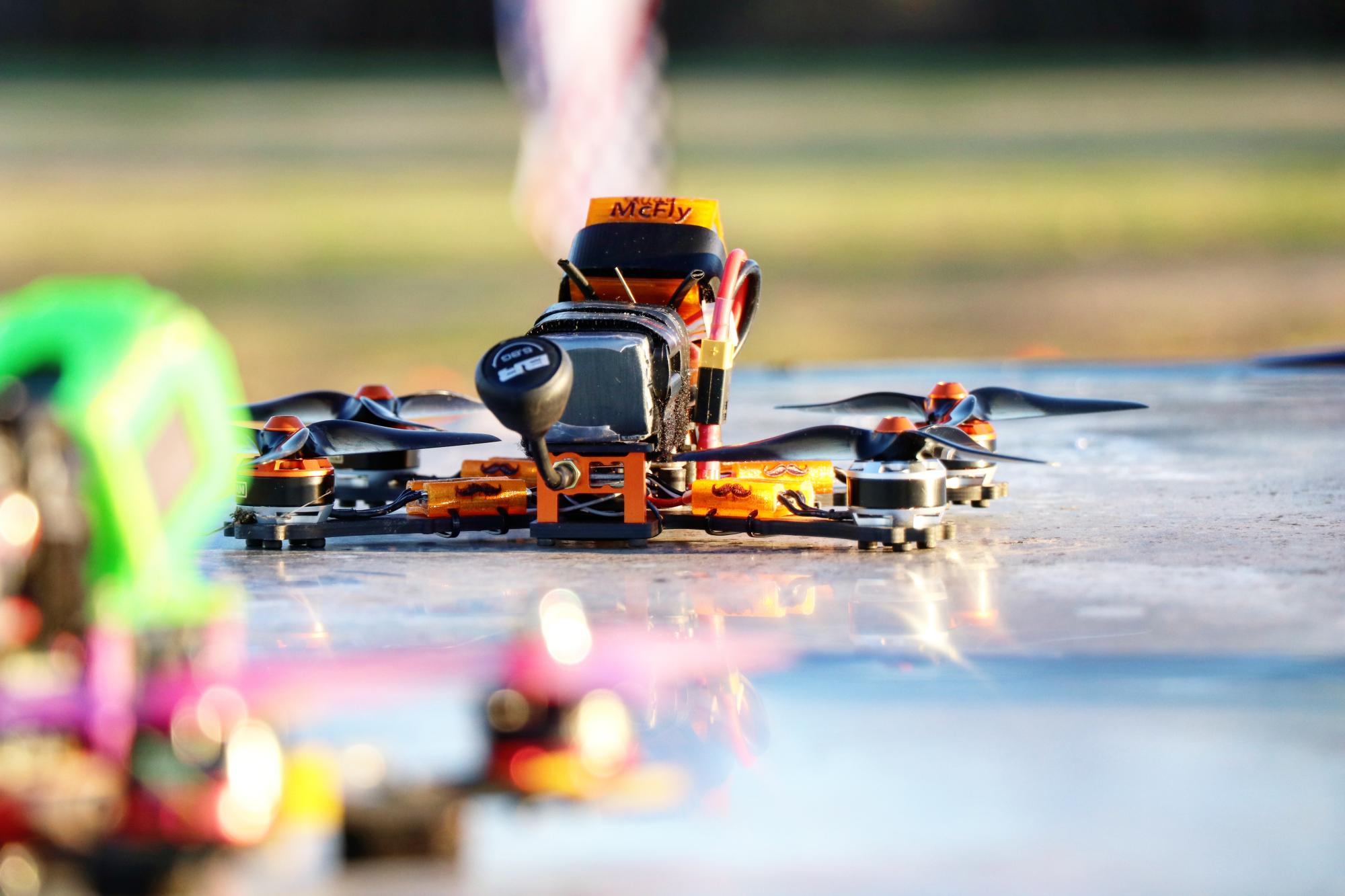- Home >
- Results >
- Motor Tests >
- Mid KV >
- T-Motor F80/F80Pro 2500kv
The 2500Kv offerings of monster sized motor in the F series from T-Motor.
Check out the full list of motors in this series here
Summary
Results
One of the fascinating things here is how remarkably well the original F80 has held up against the test of time. Even by today's standards the performance is remarkable and only the weight really dates it. With the F80 Pro, T-motor has upped the anti, increasing performance across the board without significantly losing efficiency even at the top end. Don't let that fool you, both these motors draw some serious current, over 50A in both cases on even lightweight 6" props, but they do so while generating utterly massive amounts of thrust. Both motors approached 2kg of thrust for that ~55A draw on the KingKong 6x4. On 5" props these become much more manageable, but the large stator size is definitely pushing props harder and resulting in higher current draw, more thrust and lower efficiency in the top parts of the throttle compared to smaller motors. The more interesting data points with these motors are the 50% and 75% throttle points, or using the data explorer to compare them at specific thrust outputs against smaller motors. In that light the efficiency definitely balances out, and at equivalent thrust they are pretty thoroughly in the middle of the pack in terms of efficiency.
Comparing the two motors to each other show some interesting data as well. The F80 Pro tested approximately 70Kv higher than the previous edition, and showed a slight efficiency loss across the board (only about 0.1g/w). The power produced increased proportinally as well, but the proportionality of the change shows that the majority of the difference is made by the shift in Kv, and torque production seems roughly equivalent. Rate of change of RPM between the two motors is virtually identical as well. With the performance as close as it is between these two, I would say the primary reason for upgrading would be weight savings. Even at 37g for the Pro motor however, weight is a considerable component in the decision making process. These motors will be ideal on rigs that need to lift and move some weight, where the extra torque and response is needed to provide adequate handling. They also willl do well in short track speed run race environments on light weight builds and light 6" props where the extra torque and deliver the change in RPMs needed to make 6" viable. The current draw limitations mean that extended races may be problematic, but making intelligent use of throttle limit features in the flight controller could make them viable even then, though weight is still an important consideration, and similar performance may be possible on lighter motors.










































